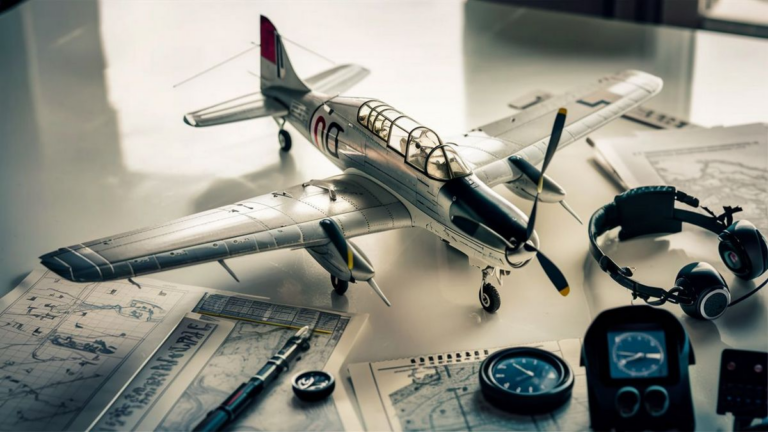Welcome to our in-depth exploration of what constitutes a fixed-wing aircraft. In the world of aviation, these marvels of engineering play a crucial role in transporting people and goods across the skies. Let’s delve into the intricacies of fixed-wing aircraft and uncover the fundamental aspects that define them.
Defining Fixed Wing Aircraft
Fixed-wing aircraft are a type of aerial vehicle that achieves lift and sustains flight through the use of wings that remain stationary, or fixed, during operation. Unlike their rotary-wing counterparts, such as helicopters, fixed-wing aircraft rely on the forward motion generated by engines to create the airflow necessary for lift.
Key Components of Fixed Wing Aircraft
Understanding the anatomy of a fixed-wing aircraft is essential to grasp its functionality. The primary components include:
- Fuselage: The central body of the aircraft that houses the crew, passengers, and cargo.
- Wings: The fixed surfaces that generate lift as air flows over them during forward motion.
- Empennage: The tail section, consisting of horizontal and vertical stabilizers and control surfaces like elevators and rudders.
- Engines: Power plants that propel the aircraft forward, typically located on the wings or fuselage.
Types of Fixed-Wing Aircraft
Fixed-wing aircraft come in various shapes and sizes, designed for specific purposes. Some common types include:
- Airliners: Large commercial aircraft designed to carry passengers and cargo over long distances.
- General Aviation: Small aircraft used for personal and business purposes, including private jets and small propeller planes.
- Military Aircraft: Specialized planes designed for defense purposes, such as fighters, bombers, and reconnaissance aircraft.
Principles of Flight
Fixed-wing aircraft operate based on the principles of aerodynamics. Lift, thrust, weight, and drag are the four forces that govern flight. Understanding how these forces interact is crucial for pilots and engineers alike.
Advancements in Technology
As technology continues to evolve, so do fixed-wing aircraft. Modern innovations include fly-by-wire systems, composite materials for enhanced durability, and more fuel-efficient engines, contributing to improved performance and sustainability.
In conclusion, fixed-wing aircraft have revolutionized the way we connect globally. Their design, functionality, and versatility make them indispensable in various industries. We hope this comprehensive guide has provided valuable insights into what makes fixed-wing aircraft soar through the skies with precision and efficiency.
Exploring Aerodynamic Principles
Delving deeper into the principles of flight, fixed-wing aircraft rely on aerodynamics to stay airborne. The intricate balance between lift, generated by the wings, and the opposing forces of weight and drag, dictates the aircraft’s stability and maneuverability. Engineers continually refine aerodynamic designs to optimize performance and fuel efficiency.
Frequently Asked Questions
| Question | Answer |
|---|---|
| 1. How do fixed-wing aircraft generate lift? | Fixed-wing aircraft generate lift through the shape and angle of their wings, creating a pressure difference that lifts the aircraft off the ground. |
| 2. What is the significance of the empennage in flight? | The empennage, with stabilizers and control surfaces, contributes to the stability and control of the aircraft during flight. |
| 3. How have advancements in technology impacted fixed-wing aircraft? | Technological advancements have led to improved performance, safety, and sustainability in fixed-wing aircraft, with innovations like fly-by-wire systems and fuel-efficient engines. |
Environmental Considerations
Addressing environmental concerns, the aviation industry is increasingly focusing on developing eco-friendly technologies. Electric propulsion, sustainable materials, and efficient flight planning contribute to minimizing the environmental impact of fixed-wing aircraft.
See also:






